Valencia, is known for its futuristic architecture, vibrant festivals, and the birthplace of paella. While many visitors flock to its well-known attractions, Valencia also boasts several hidden gems that often go unnoticed.
El Palmar
El Palmar, nestled in the heart of Valencia’s Albufera Natural Park, offers a unique blend of natural beauty and cultural richness. This small village, renowned for its traditional thatched houses and serene canals, is a haven for nature lovers and food enthusiasts alike.
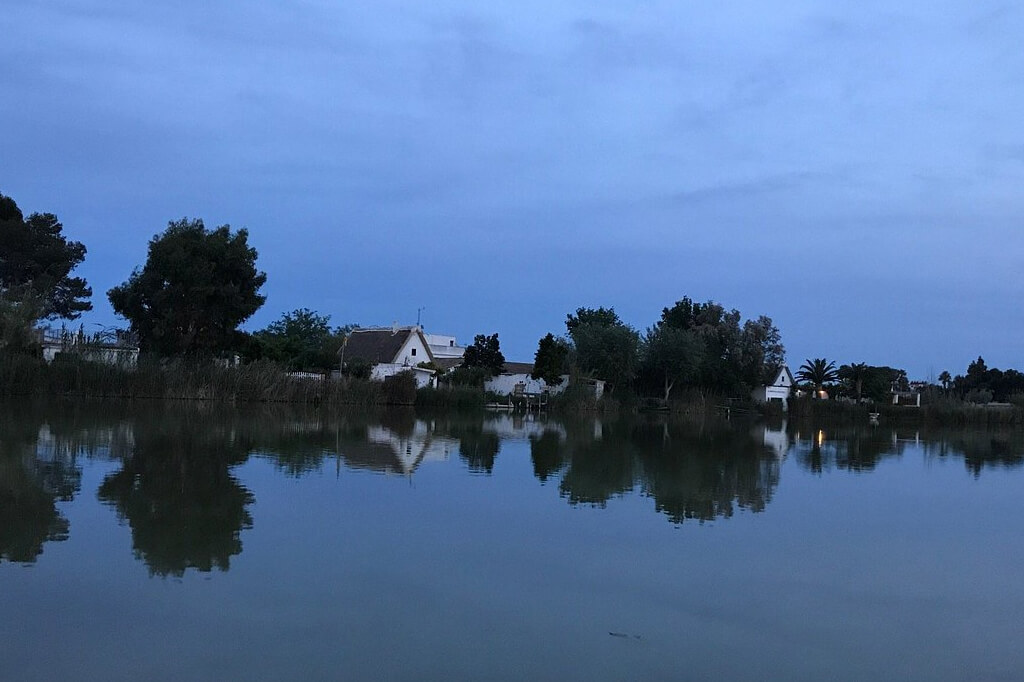
A visit here promises a journey through picturesque landscapes, with boat rides on the Albufera lagoon revealing stunning views and rich biodiversity. El Palmar is also the birthplace of Valencia’s iconic dish, paella. Sampling this culinary delight in a local restaurant, surrounded by the tranquil beauty of the wetlands, makes for an unforgettable experience that encapsulates the essence of Valencian culture.
Mercado de Colón
Mercado de Colón, a vibrant architectural gem in Valencia, stands as a testament to modernist design. This bustling market, housed in a beautifully restored building, is a feast for the senses. As you step inside, you’re greeted by an array of gourmet food stalls and chic eateries, offering everything from traditional Spanish tapas to international cuisine.
The lively atmosphere is enhanced by the occasional live music and cultural events. The market’s stunning facade, adorned with colourful mosaics and intricate ironwork, makes it not just a culinary destination but also a photographer’s delight. A visit here offers a perfect blend of gastronomic indulgence and architectural admiration.
La Lonja de la Seda
La Lonja de la Seda, a UNESCO World Heritage site in Valencia, is a masterpiece of late Gothic architecture. This former silk exchange embodies the city’s historical mercantile wealth and power. Walking through its grandiose halls, you’re transported back to the bustling trade of the 15th century.
The main hall, with its spiraling columns reaching towards an ornately vaulted ceiling, is particularly breathtaking. The building’s exterior, featuring intricate stone carvings, speaks volumes of the craftsmanship of the era. La Lonja is not just a monument but a symbol of Valencia’s golden age, offering a deep dive into its rich cultural and economic history.
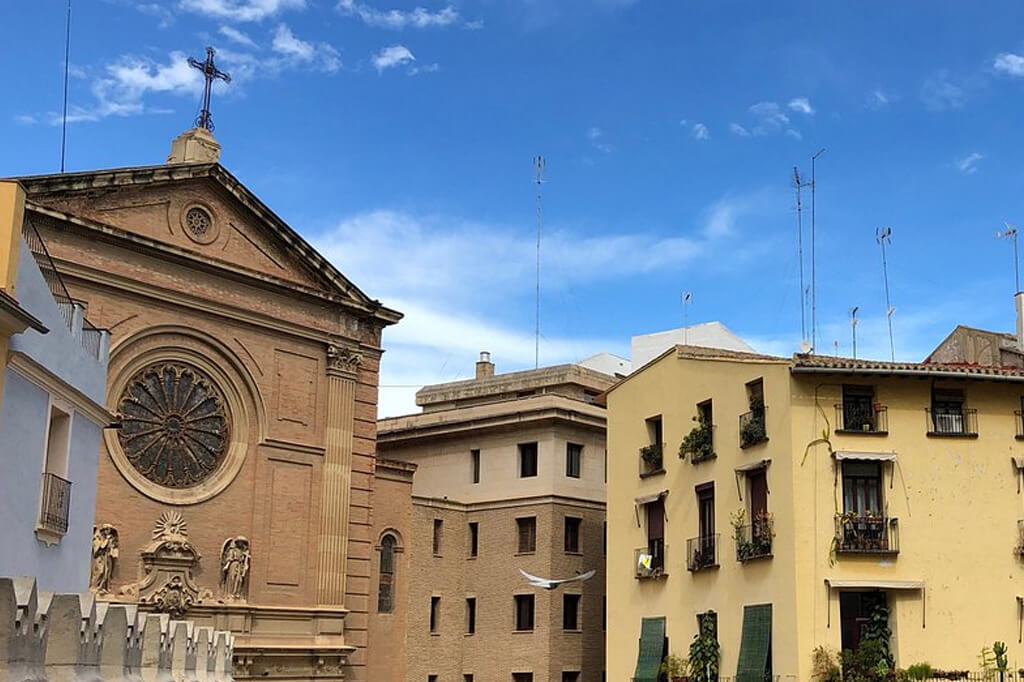
Torres de Quart
Torres de Quart, standing as a monumental gateway in Valencia’s old city walls, offers a unique blend of history and panoramic views. These imposing Gothic towers, built in the 15th century, bear scars of wars and time, telling tales of the city’s past. Visitors can climb the narrow, winding staircase to reach the top, where they are rewarded with sweeping views of Valencia’s diverse urban landscape.
The experience is a journey through history, as the towers’ robust structure and strategic vantage point illustrate their defensive purpose. A visit here is a must for history enthusiasts and view-seekers alike.
Museo Nacional de Cerámica
The Museo Nacional de Cerámica in Valencia, housed in the opulent Palacio del Marqués de Dos Aguas, is a testament to Spain’s rich ceramic heritage. This museum showcases an exquisite collection of ceramics, ranging from ancient Moorish earthenware to contemporary designs. The building itself is an artwork, with a stunning alabaster entrance and ornate interiors.
Visitors are captivated by the intricate tile work, porcelain figures, and decorative arts that narrate the evolution of ceramic art in Spain. A highlight is the elaborate, baroque-style façade, making the museum a must-visit for art lovers and history buffs alike.
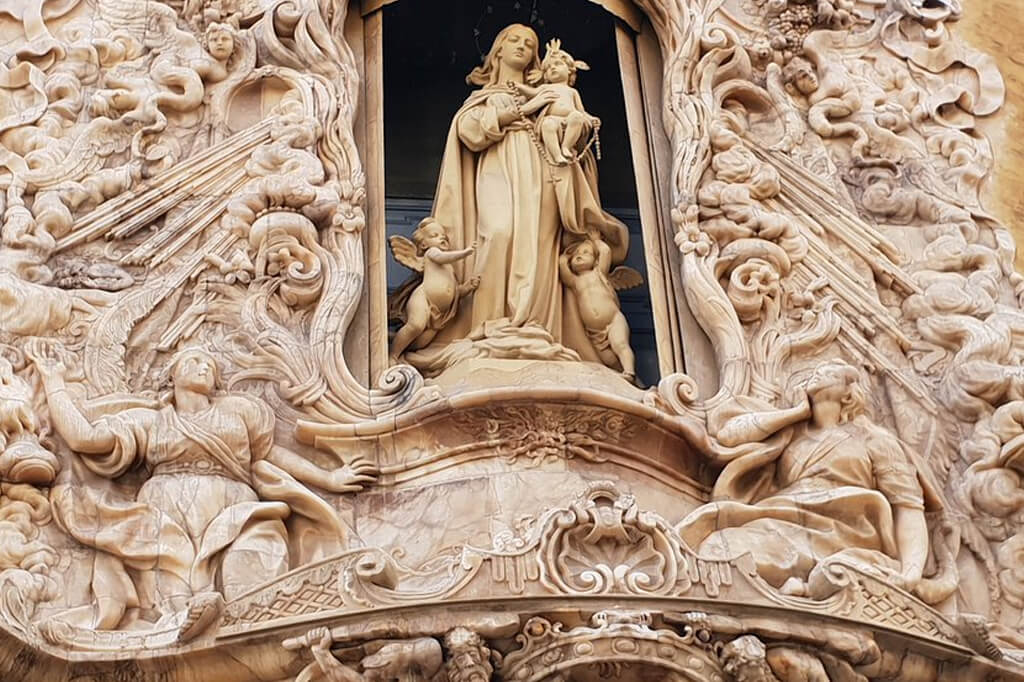
Monastery of San Miguel de los Reyes
The Monastery of San Miguel de los Reyes in Valencia, a striking example of Valencian Renaissance architecture, stands as a beacon of historical and cultural significance. Originally a Hieronymite monastery, it now houses the Valencian Library. Visitors are awed by its imposing façade, featuring a grand entrance and twin towers.
Inside, the serene cloisters and beautifully preserved structures offer a glimpse into the past. The monastery’s rich history, from its religious beginnings to its use as a prison, is palpable. Guided tours provide insights into its transformation, making it a fascinating destination for those interested in Valencia’s diverse heritage.
Playa de Pinedo
Playa de Pinedo, located south of Valencia’s city center, offers a tranquil escape from urban hustle. This sandy beach, bordered by natural dunes and a serene Mediterranean backdrop, is a favorite among locals for its less crowded atmosphere. Ideal for families and those seeking a peaceful day by the sea, Playa de Pinedo provides ample space for sunbathing and leisurely strolls.
Its clean waters are perfect for swimming and water sports. Nearby, visitors can explore traditional restaurants serving delicious Valencian cuisine, particularly fresh seafood. The beach’s natural setting and laid-back vibe make it a charming spot for a relaxing day out.
Calle de los Colores
Calle de los Colores in Valencia is a vibrant and picturesque street, a hidden gem that bursts with life and colour. This narrow alley, located in the El Carmen neighborhood, is famed for its vivid murals and street art that adorn the walls, turning the street into an open-air gallery.
Each step along this kaleidoscopic path reveals a new, creative expression, ranging from whimsical characters to thought-provoking abstracts. The lively atmosphere is infectious, making it a favourite spot for photographers and art enthusiasts. A stroll down Calle de los Colores offers a unique glimpse into Valencia’s artistic soul, tucked away in its historic heart.
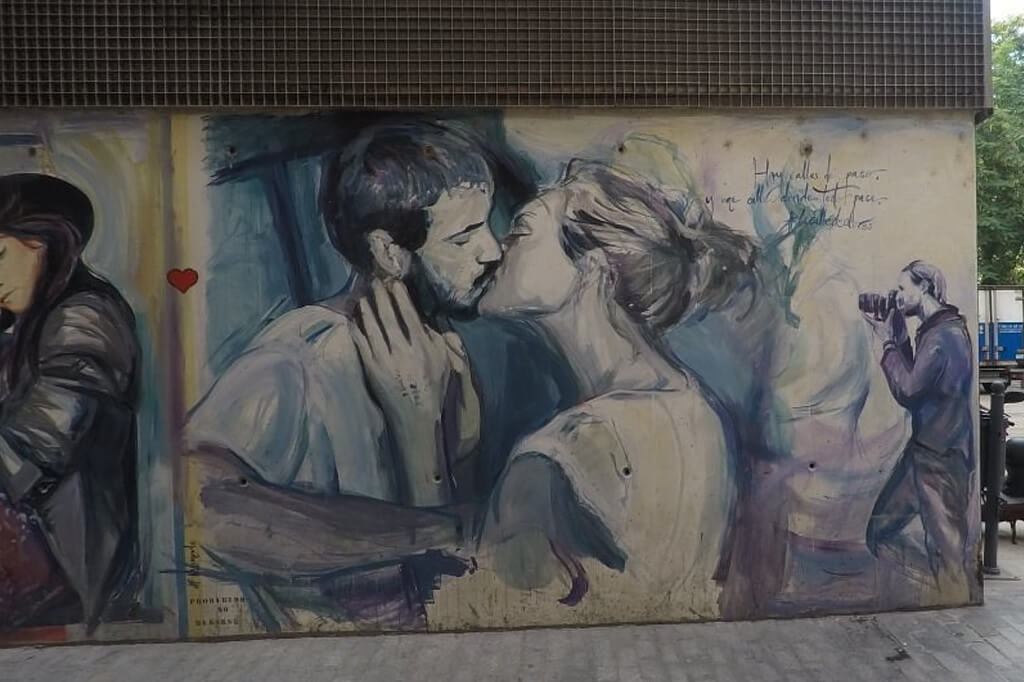
Refugio Museo de la Guerra Civil
A visit to the Refugio Museo de la Guerra Civil in Valencia is a profound journey into the past, specifically into the Spanish Civil War era. This museum, located underground, was once a bomb shelter providing refuge during air raids. Today, it stands as a poignant reminder of wartime struggles.
Walking through the dimly lit tunnels, visitors are enveloped in an atmosphere of history and solemnity. Exhibits include photographs, artifacts, and audiovisual presentations that vividly recount the experiences of civilians during the war. This immersive experience not only educates but also evokes a deep sense of empathy for those who endured these harrowing times.
Museo del Arroz
A visit to the Museo del Arroz in Valencia offers a unique insight into the region’s deep connection with rice cultivation and its culinary significance. Housed in a beautifully restored former rice mill, the museum showcases the evolution of rice farming techniques and tools over the centuries. As you wander through its exhibits, you’ll discover the intricate processes involved in rice production, from planting to harvesting.
The museum also delves into the cultural impact of rice on Valencia, particularly in dishes like paella. Interactive displays and historical artifacts make this visit both educational and engaging, offering a deeper appreciation of this staple grain’s role in Valencian life.
Ermita de Santa Lucía
A visit to the Ermita de Santa Lucía in Valencia is a serene and spiritually uplifting experience. Nestled in a tranquil setting, this charming hermitage, dedicated to Saint Lucia, the patron saint of the blind, exudes a sense of peace and historical significance. The architecture, with its modest yet elegant façade, invites contemplation and reverence.
Inside, the simple yet beautiful altar and religious art capture the essence of devotion. The surrounding area, often bathed in natural light, offers a picturesque backdrop for quiet reflection or prayer. This hidden gem provides a momentary escape from the bustling city life, offering a glimpse into Valencia’s spiritual heritage.
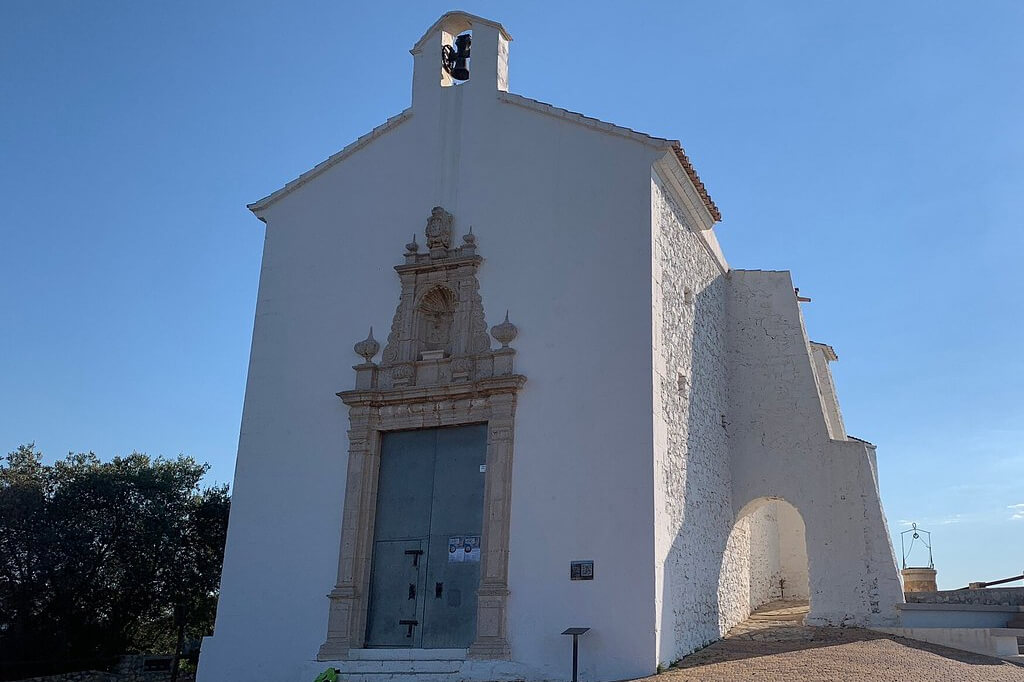
Exploring these lesser-known spots will give you a deeper understanding of Valencia’s rich history, culture, and local life.
